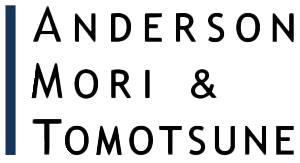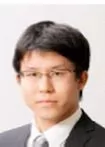With regard to damage awards in patent infringement cases, Article 102, Paragraph 1 of the Japanese Patent Act allows for damages to be calculated based on the profit per unit of the patentee multiplied by quantity of the infringing products sold by the infringer to the extent of the capability of the patentee. Under the provisory clause of Article 102, Paragraph 1, if any circumstances exist under which the patentee would have been unable to sell some amount among the actual quantity of the infringing products sold by the infringer, the amount of damage awards is reduced depending on such amount.
In the present case, it was disputed whether the provisory clause of Article 102, Paragraph 1 should be applicable in circumstances where there were competitors of the patentee other than the infringer and the price of the patentee's product differed from that of the infringing products.
IPHC noted that the infringer bears a burden to how circumstances under which the patentee would have been unable to sell some amount and that such circumstances included existence of competitive products, sales efforts of the infringer, performance of the infringing products and dissimilarity of the market for the infringing product and that for the patentee's product.
In the present case, the infringer asserted existence of competitive products and dissimilarity of the products market, as the circumstances of this case.
Regarding the competitive products, IPHC found that there were competitors of the patentee other than the infringer. Nevertheless, IPHC ruled that the existence of such competitors was insufficient to trigger the application of the provisory clause of Article 102, Paragraph 1, noting in particular that it was not established that the bag breaking machines sold by such competitors had effects similar to those of the claimed invention and that the share in the market for bag breaking machines or the price of the machines sold by the competitors were not clear.
Regarding the dissimilarity of the products market, the infringer argued that the market similarity should be denied in light of the difference of the average prices between the infringing products and the patentee's products. Although IPHC determined around 6.5 million yen as the average price of the patentee's products while around 3.5 million yen as the average price of the infringing products, IPHC held that the market similarity could not be negated by reason that the products were targeted to not general consumers but companies, and the lifetime of the product was several years.
As a result, IPHC concluded that no circumstances existed to reduce the amount of damage to be awarded under Article 102, Paragraph 1 of the Patent Act.
The content of this article is intended to provide a general guide to the subject matter. Specialist advice should be sought about your specific circumstances.

